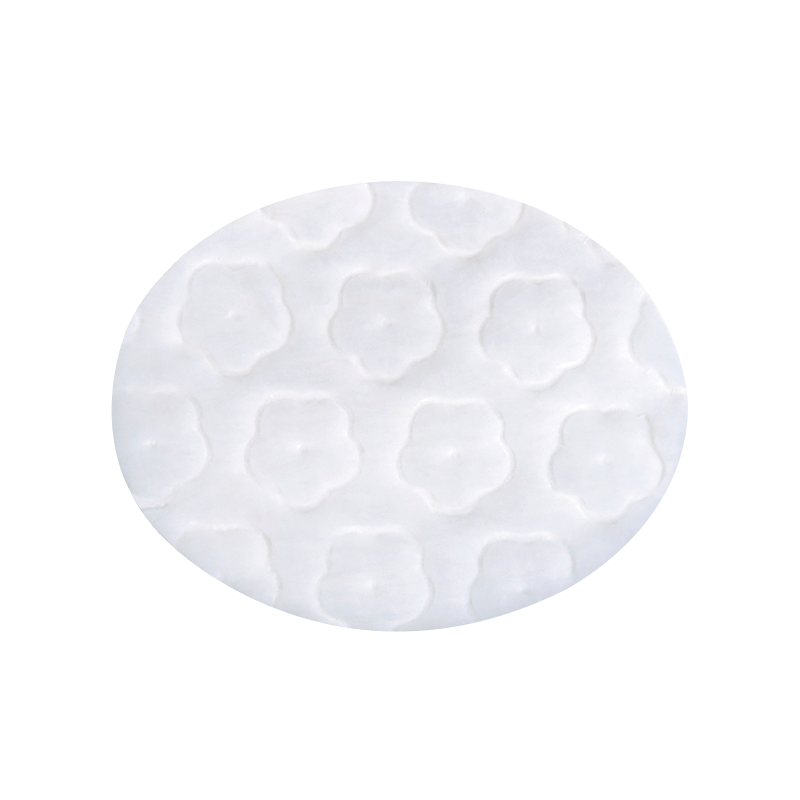News
News
How can cosmetic cotton pads ensure consistent quality?
Cosmetic cotton pads can ensure consistent quality through several factors that involve raw material selection, manufacturing processes, quality control measures, and adherence to industry standards. Ensuring consistency in quality is crucial for maintaining consumer trust and delivering effective and safe skincare or makeup removal results. Here's a detailed look at how cosmetic cotton pads can achieve consistent quality:
Selection of Cotton: The quality of cotton is the foundation for ensuring high-quality cotton pads. Manufacturers should use high-grade cotton, such as long-staple cotton, which offers better softness, durability, and absorbency. Organic cotton or non-GMO cotton can further enhance quality by reducing exposure to chemicals.Purity and Composition: Using 100% pure cotton without synthetic blends ensures a natural, gentle feel and minimizes the risk of skin irritation. Pads made from a uniform composition of high-quality cotton ensure consistent texture, thickness, and softness.
Carding and Combing: Proper carding and combing processes during manufacturing help remove impurities and short fibers, resulting in a uniform, high-quality cotton pad. These steps ensure a smooth and even surface, reducing the chance of linting or pilling.Non-Woven Fabric Production: Utilizing advanced non-woven fabric technology, such as hydroentangling or needle punching, can enhance the structural integrity and uniformity of cotton pads. This leads to consistent thickness, density, and absorbency levels.

Controlled Bleaching and Processing: If bleaching is used to whiten the cotton pads, it must be done under controlled conditions to avoid over-bleaching, which can weaken fibers and affect the pad's durability and softness.Regular Inspections: Quality control measures, including regular visual and tactile inspections, help detect any inconsistencies in size, shape, color, or texture. Automated inspection systems can be used to identify defects in the pads, such as uneven edges, fiber shedding, or contamination.Batch Testing: Conducting batch testing of cotton pads for absorbency, strength, softness, and linting ensures that every production run meets predefined quality standards. This helps identify any deviations early in the process.Microbial Testing: Ensuring the pads are free from microbial contamination is essential, especially for sensitive skin applications. Regular microbial testing can ensure hygienic production environments and consistent product quality.
Calibrated Machinery: The use of calibrated machinery in the manufacturing process ensures that the cotton pads have consistent thickness and density. This is crucial for maintaining uniform absorbency, strength, and feel.
Layering Control: For multi-layered cotton pads, precise control over the layering process is essential to avoid uneven thickness or density variations across the pad. This can be achieved through automated layering systems that ensure uniform placement of each layer.
Sterilization: For cosmetic pads that require sterilization, such as those used in medical or sensitive skincare applications, ensuring consistent quality involves using validated sterilization methods (e.g., gamma irradiation, autoclaving) that do not compromise the pad's integrity.
Protective Packaging: Packaging plays a significant role in maintaining the quality of cotton pads. Using airtight, hygienic, and resealable packaging prevents contamination, preserves freshness, and ensures the pads remain clean and free from dust or moisture.
Certifications: Obtaining certifications such as OEKO-TEX, GOTS (Global Organic Textile Standard), or dermatologically tested certifications ensures that cotton pads meet international quality, safety, and sustainability standards. This helps in assuring consumers about the consistency and quality of the product.Compliance with Regulations: Adhering to local and international regulations regarding cosmetic and personal care products ensures that cotton pads are manufactured following strict quality and safety guidelines.
Cosmetic cotton pads can ensure consistent quality by focusing on high-quality raw materials, standardized manufacturing processes, rigorous quality control measures, and adherence to industry standards. Combining advanced technology, skilled workforce, proper packaging, and continuous improvement strategies helps manufacturers deliver reliable, safe, and effective cotton pads that meet consumer expectations.



 中文简体
中文简体 русский
русский Português
Português Español
Español









